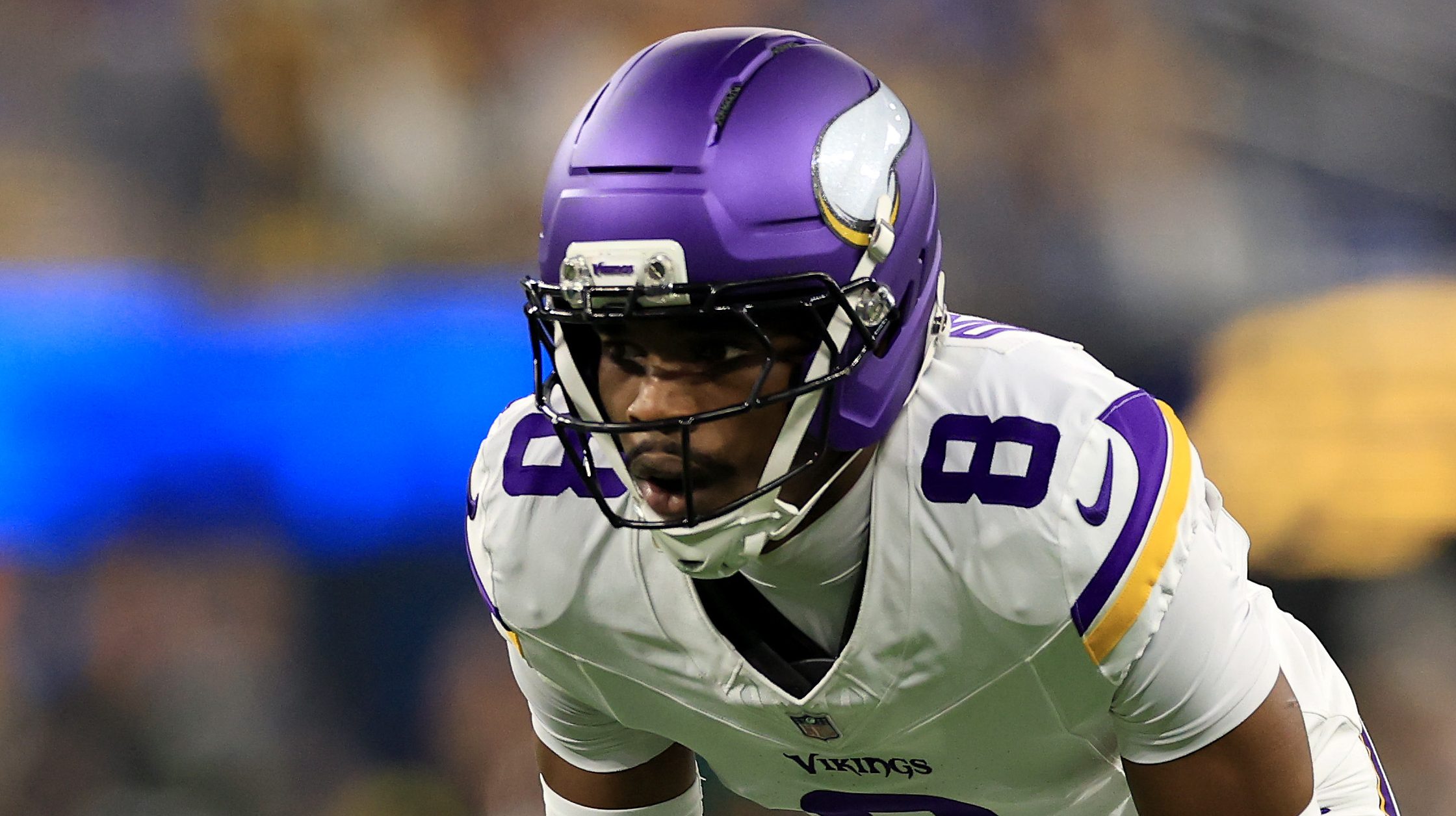CEO: The Face, Not Always the Owner Walk into a boardroom or scan a stock ticker, and you’ll see a CEO-revered, powerful, and often synonymous with the company brand. Yet, for most large corporations, this image masks a sharp reality: the CEO is not the owner. True ownership sits with shareholders, hedge funds, private equity, or a family dynasty. The CEO, no matter how prominent, holds delegated power-often with a fraction of the equity and a mandate to answer to the board. Who Actually Owns the Company? Ownership is defined by equity, voting rights, and ultimate control. In privately held or family businesses, the lines may blur, and the founder or a key family member may occupy the CEO chair. In public companies, power disperses across institutional and retail shareholders. The CEO, in most cases, is a highly incentivized employee with performance-linked compensation-not the master shareholder. Separation of Powers: Owner vs. Executive Think of ownership as the engine and the CEO as the driver. The owner decides where to go, the CEO steers and accelerates. Sometimes, especially in smaller businesses, the driver and owner are one. In today’s multinationals, however, the two rarely overlap for long. Founder CEO: The Exception, Not the Rule Ask anyone to name a CEO-owner, and you’ll likely hear the giants: Musk, Zuckerberg, Dell, Huang. But these names mislead. Out of 500 leading American companies, just 24 are still helmed by a founder or co-founder as of 2025-less than 5%. Most founder-CEOs step aside at IPO or after raising institutional capital. Their role transitions from absolute control to influential stakeholder-even if their vision and legacy endure. How Rare Is Founder-Led Ownership? A Fortune 500 roster analysis shows that only a handful of companies keep the founder in charge as both CEO and principal owner. Once public, nearly 60% of founders are replaced as CEO within a few years, especially if they lack concentrated voting shares or protective legal structures. High-Control Founders: Power in Modern Enterprises The few who defy this trend do so through savvy structuring-dual-class shares, super-voting rights, or board seats. Even giants like Facebook (Meta) remain under Mark Zuckerberg’s control thanks to such mechanisms, despite his minority equity stake. Public Companies: Shareholders Call the Shots Once a company lists, the rules change. The board serves as the legal employer of the CEO, and shareholders, not executives, become the company’s collective owners. CEO compensation shifts to salary, bonuses, and, most notably, equity-linked incentives-stock, options, RSUs. Equity Stakes in the Fortune 500 Numbers show the distance between CEO and owner status. Fewer than 8 CEOs in the S&P 1500 own more than one-third of their companies-most hold between 1% and 5%. The days of the imperial CEO-owner are past, overtaken by institutional capitalism and diversified fiduciary mandates. Board of Directors: The Real Boss A CEO’s authority is real but ultimately subordinate. As a rule, CEO hires and firings come from the board; strategy pivots or M&A require board and often shareholder approval. Even legendary leaders answer to someone. Private Equity and Family Firms: Different Rules Flip the lens to private markets. In private equity-backed firms, the CEO is almost never the lead owner-ultimate authority sits with the sponsoring firm. PE investors control direction, governance, and even day-to-day decisions, with the CEO acting as a high-performing partner, but not an independent power. PE-Backed CEOs: Big Pay, Little Control PE-backed CEOs earn higher total pay, largely due to risk and value-creation pressures, but the equity slice is typically smaller compared to a founder. These CEOs are specialists, often hired externally for their operational acumen and pay-for-performance mindset. Family-Owned Dynamics: Owner-Executives In family enterprises, the overlap of ownership and management is common. Patriarchs or matriarchs sit in the CEO’s seat, often wielding both title and true controlling power. Yet, even here, as businesses grow, professional CEOs are brought in, and operational control passes from family hands. CEO Equity: Data, Trends, and the Power Curve How much do CEOs own? Data from private and public markets tells a clear story. Founder-CEOs may own 20-40% at early-stage, dropping to 5-15% post-IPO; hired CEOs (non-founders) typically command 1-5%, rarely more. The average Russell 3000 CEO holds less than 5%, and only a tiny 3-4% own more than 25%. Case Studies: Mark Zuckerberg, Elon Musk, and Outliers Mark Zuckerberg: Retains ultra-majority voting power at Meta through dual-class shares, but doesn’t hold a true majority of common equity. Elon Musk: Holds about 13% of Tesla in 2025, still enough to sway votes but not absolute ownership. Michael Dell: Took Dell private to reclaim concentrated control, but such maneuvers are outliers, not norms. Why It Matters: Influence, Incentives, and Risk Why this disconnect? Ownership is power, but too much in one individual hands can stifle governance, limit external capital, and introduce risk. Modern best practices prefer the balance of strong executive leadership, aligned but not dominant equity, and robust board oversight. Ownership and Decision-Making Authority True control stems from equity, structure, and legal rights-not day-to-day operational decision-making. CEOs can influence, innovate, and execute-but only within the constraints set by the real owners. CEO Skin in the Game: Performance and Shareholder Value The “skin in the game” incentive structure is designed to ensure CEOs act like owners-thinking long term, making moves that benefit shareholders. But in truth, there’s always a gap between the agent and the principal. The Tension: Status, Stewardship, and Wealth Creation The mythology of the owner-CEO persists, but sophisticated leaders know the distinction is critical. Few CEOs command true owner-level control; most navigate between ambition and restraint, bound by contract, board, and peer scrutiny. The Myth of the “Owner-CEO” The era of the lone-wolf autocrat-one individual with unchecked authority and dominant ownership-is behind us in large-scale business. Regulatory frameworks, investor expectations, and the sheer complexity of modern organizations favor distributed risk and shared governance. Strategic Takeaways for Elite Leaders For founders: protect your control with legal mechanisms early, or prepare to cede authority as you scale. For hired CEOs: maximize alignment, but anchor your leadership in performance, not absolute power. For investors: scrutinize ownership structure to assess alignment, risk, and long-term value. The CEO’s Role in an Era of Distributed Ownership Being a CEO is a singular privilege and a relentless challenge. What’s required is mastery of influence, not absolute power; stewardship alongside authority; and the wisdom to know when the titles of “owner” and “leader” should be, and must remain, distinct. Navigating Power without Total Control The new era rewards those who rise to leadership through trust, performance, and collaborative vision-not just equity percentage. The rare exception, the owner-CEO, offers a lesson, but today’s realities demand partnership and shared ambition. What the C-Suite Needs to Do Next Reflect on your own seat at the table-do you own, lead, or both? Are you building durable value, or merely holding the reins? The days of CEOs as owners are fading, replaced by a new model: steward, strategist, and servant to the true principal-the capital behind the company.
https://ceoworld.biz/2025/11/18/do-ceos-really-own-their-companies-a-c-suite-breakdown/
Do CEOs Really Own Their Companies? A C-Suite Breakdown



